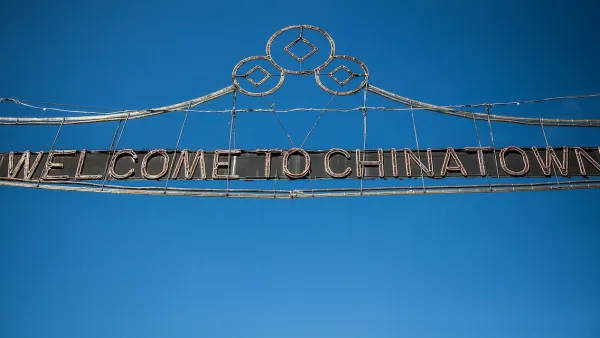Reflecting a growing desire by seniors to live at home and stay in their lifelong neighborhoods, so-called ‘senior villages” are marshaling support and resource networks so seniors around the country can age in place.
“88 percent of those 65 and up, according to a recent AARP study — prefer to stay in their residence for as long as possible,” according to a recent article by Tara Bahrampour.
That preference has lead an increasing number of seniors to embrace the “grass-roots movement of senior villages,” writes Bahrampour. For a membership fee, a senior village “coordinates volunteers to provide older residents with services that help them live independently.” Services include transportation, grocery delivery, and lawn mowing, for instance.
The Washington D.C. area is leading the new movement, “going from about five in 2010 to 40 that are up and running or in development,” but the movement has also met widespread success: “Nationally, the number of villages registered with the network has increased from 50 in 2010 to 124 this year, with more in development. The first, in Boston, opened in 2002.”
In a telling statement about the inability of most built environments to support aging populations, the executive director of Mount Vernon at Home, Barbara Sullivan, describes how important a draw mobility services are for senior village programs: “Transportation is 80 percent of what we do…Our county can’t provide it. We don’t have walkable communities, so most of our services involve driving people to medical appointments, grocery stores and social events.”
FULL STORY: Through a growing number of senior villages in the D.C. area, aging in place becomes easier

Planetizen Federal Action Tracker
A weekly monitor of how Trump’s orders and actions are impacting planners and planning in America.

Restaurant Patios Were a Pandemic Win — Why Were They so Hard to Keep?
Social distancing requirements and changes in travel patterns prompted cities to pilot new uses for street and sidewalk space. Then it got complicated.

Map: Where Senate Republicans Want to Sell Your Public Lands
For public land advocates, the Senate Republicans’ proposal to sell millions of acres of public land in the West is “the biggest fight of their careers.”

Maui's Vacation Rental Debate Turns Ugly
Verbal attacks, misinformation campaigns and fistfights plague a high-stakes debate to convert thousands of vacation rentals into long-term housing.

San Francisco Suspends Traffic Calming Amidst Record Deaths
Citing “a challenging fiscal landscape,” the city will cease the program on the heels of 42 traffic deaths, including 24 pedestrians.

California Homeless Arrests, Citations Spike After Ruling
An investigation reveals that anti-homeless actions increased up to 500% after Grants Pass v. Johnson — even in cities claiming no policy change.
Urban Design for Planners 1: Software Tools
This six-course series explores essential urban design concepts using open source software and equips planners with the tools they need to participate fully in the urban design process.
Planning for Universal Design
Learn the tools for implementing Universal Design in planning regulations.
Heyer Gruel & Associates PA
JM Goldson LLC
Custer County Colorado
City of Camden Redevelopment Agency
City of Astoria
Transportation Research & Education Center (TREC) at Portland State University
Camden Redevelopment Agency
City of Claremont
Municipality of Princeton (NJ)





























